Voices Carry by ‘Til Tuesday
Buy Voices Carry ‘Til Tuesday had a short but fruitful career encapsulated within the bonds of the mid 1980s music scene. Their 1985 debut album, Voices Carry, features the famous, indelible title track […]
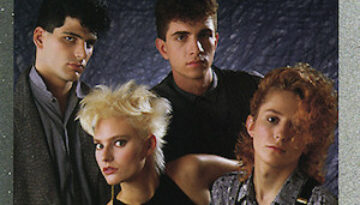
Buy Voices Carry ‘Til Tuesday had a short but fruitful career encapsulated within the bonds of the mid 1980s music scene. Their 1985 debut album, Voices Carry, features the famous, indelible title track […]
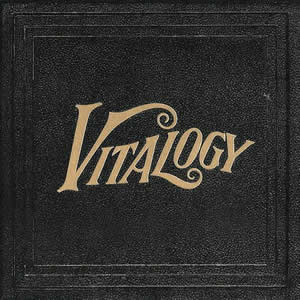
Buy Vitalogy Released in late 1994, Vitalogy is the raw, aggressive, experimental and somewhat bizarre third album by Pearl Jam. The album was produced by Brendan O’Brien, who also worked on the group’s […]
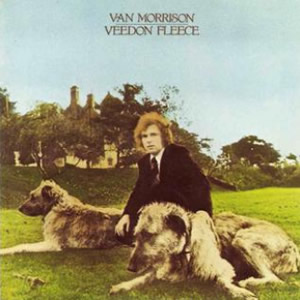
Buy Veedon Fleece This album review is provided by Mike Fishman, who has written about Van Morrison for the Mystic Avenue blog and writes about film for IndependentFilmNow.com. Any musician with a career […]

Buy Van Halen’s Debut Album Van Halen‘s debut album is a pedal-to-the-metal hard rocker with a distinct approach that thundered onto the scene in early 1978. This self-titled album continues to rank among the […]
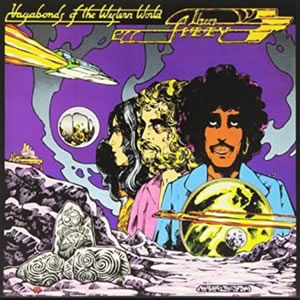
Buy Vagabonds of the Western World The 1973 release Vagabonds of the Western World, the third studio album by Thin Lizzy, is a cohesive collection of original style and substance by this group […]
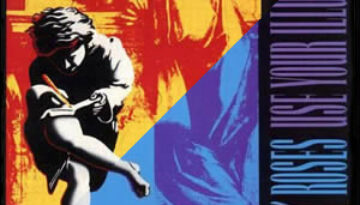
Buy Use Your Illusion I Buy Use Your Illusion II It had been four years since Guns n’ Roses had put out their last full studio album, which also happened to be their […]
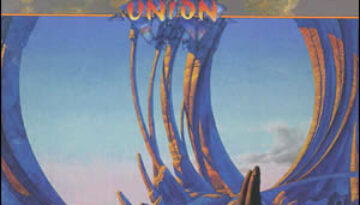
Buy Union The 1991 album, Union, is unique not only among the vast collection of Yes albums, but is a unique release among all mainstream rock albums. At the time they were recorded, […]
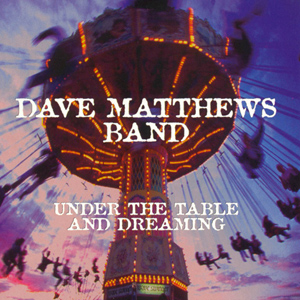
Buy Under the Table and Dreaming In 1994 the Dave Matthews Band released and impressive debut album with Under the Table and Dreaming, a record where Matthews developed a unique method of composing […]
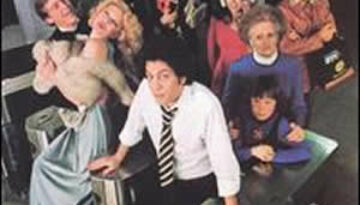
Buy Turnstiles Turnstiles is , in a lot of ways, the “growing up” album for Billy Joel. Even though he was only in his mid twenties at the time of its production (which […]
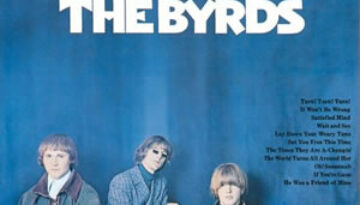
Buy Turn! Turn! Turn! The Byrds finished their breakout year of 1965 with their second highly acclaimed and commercially successful album of that year. Turn! Turn! Turn! built on the group’s distinct, multi-guitar-timbre, […]